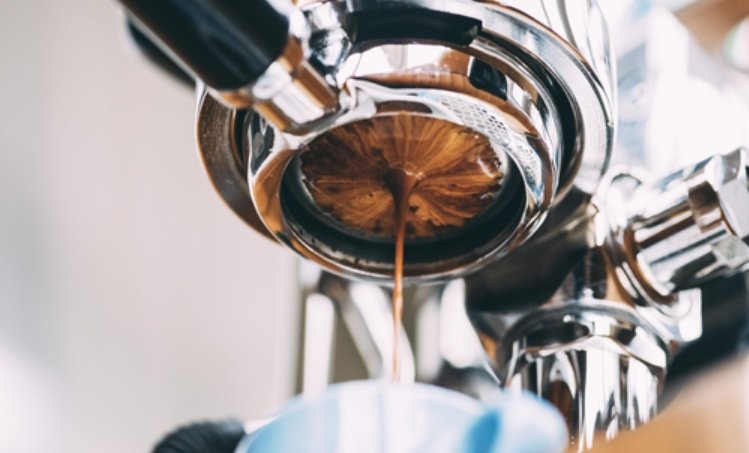Espressos are one of the most popular types of coffee worldwide. No wonder, they are usually thick, strong in caffeine and have a pleasant aroma. Espresso or in Italian “espressivo” means quick cooking for the guest. Espressos originated in Italy.
Generally, espressos are prepared by passing water that has been heated up to 90°C through a filter with ground coffee powder. A lot of things affect the quality of coffee being made such as the grinding technique, temperature, and filter used. The foam on a perfect espresso should be dense, with a tiger-like pattern and a slightly sweet taste. Let’s take a look at what is necessary in order to create a perfect espresso.
Proper Use of a Coffee Machine
Before preparing an espresso with a machine, make sure that the machine in question has reached proper working pressure. Traditional industrial coffee machines are equipped with pressure indicators. The pressure of your coffee machine should be around the 9 bar, which is ideal for espresso making.
Buying Quality Coffee
By saving on coffee, you will never get good espresso. Select only the highest grade of coffee the quality and origin of which can be traced. Pick a high-grade coffee whose flavor profile suits your own tastes. There are different mixes of acidity, lightness, and balance among coffees. There are bitter dark roasted types of coffee and those that are a little bit more light and milky. However, it’s best to always go for freshly ground coffee to get the best results possible.
Precision of Grinding
A millstone type grinder is used for coffee grinding. Coffee is generally ground until all of its particles are of a similar size. Generally, the darker the coffee roast, the larger the grind and vice versa. Light roast coffees require thinner grinding than usual. When grinding, it is important to consider the humidity and temperature of the surrounding environment. Dry air and high temperatures require a reduction in the grind. Therefore, when sharp weather changes occur, it is important to change the grind setting.
If you grind your coffee too finely, the espresso will turn out bitter and taste burnt. This is due to the fact that water will slowly pass through the coffee particles which are too small and tightly packed, absorbing the bitter taste of the coffee. If the grind is too large, hot water will simply pass through the coffee and will remain unsaturated, leaving you with a watery and sour espresso. That’s why it is important to find the proper grind setting through experimentation. Don’t worry, it may be difficult to get the right grind at first, luckily, there are plenty of guides and resources like Specialty Coffee Advisor available to help with that.
Practice Makes Perfect
A big part of the espresso making process depends on you and your skills. After you have bought and ground your coffee as well as analyzed your coffee machine and understand its pressure system, it is now time to place your ground coffee into a holder/filter. In order to properly brew your espresso, the holder with the filter must be hot.
To receive more coffee from the brewing process, the amount of ground coffee you pour in should be at the level of the holder’s edges. For a single cup serving, the amount of coffee should be a little below the edge of the holder.
The water temperature for brewing an espresso should be about 91-96 degrees Celsius. So, keeping a water temperature monitor around could be quite handy. Once you’re the water in your coffee machine has reached that temperature you are now ready to pour your espresso out into a mug. Make sure that you always use a mug with thick walls in order to keep your coffee hot and to prevent the mug from cracking due to the high temperature of the coffee.
All in all, it should take about 25-30 seconds from start to finish to brew your coffee with a quality machine, using proper grade seeds, and the correct grinding technique.
Bottom Line
By following the advice provided in this post, you should now be able to brew a fragrant cup of espresso. Keep in mind that the cream and foam of a properly prepared espresso should be rich and golden brown with velvety textures and absent from bubbles. A properly made espresso tastes slightly astringent and offers an all-enveloping rush of flavor.



0 Comments